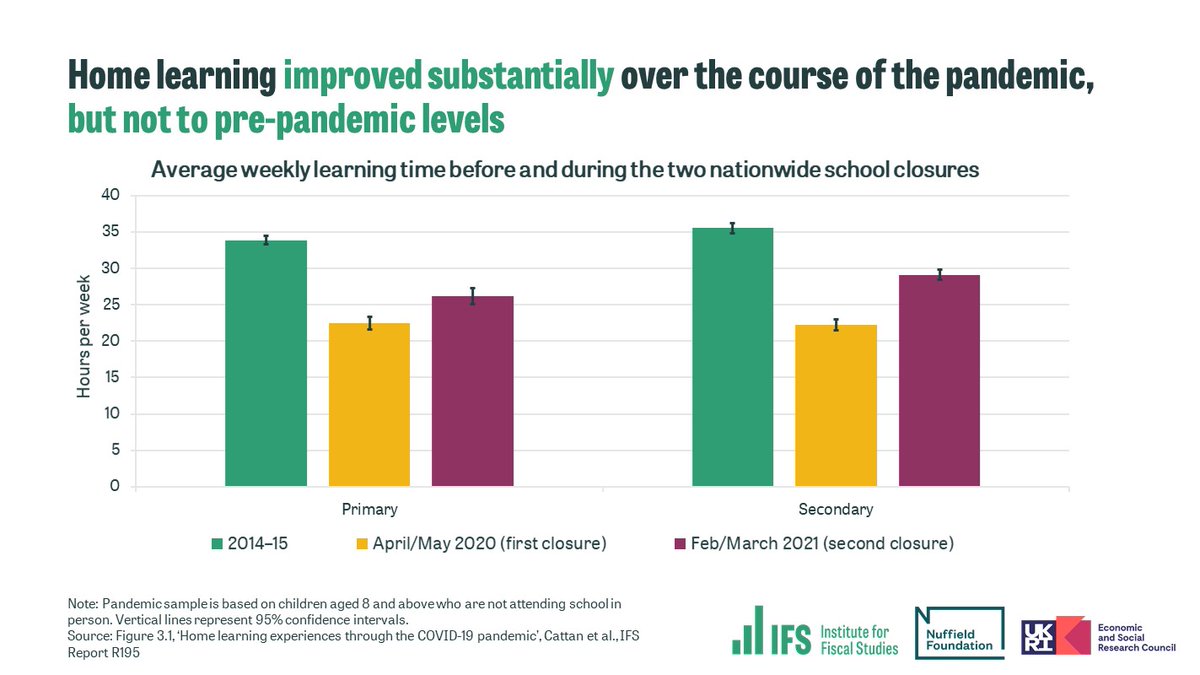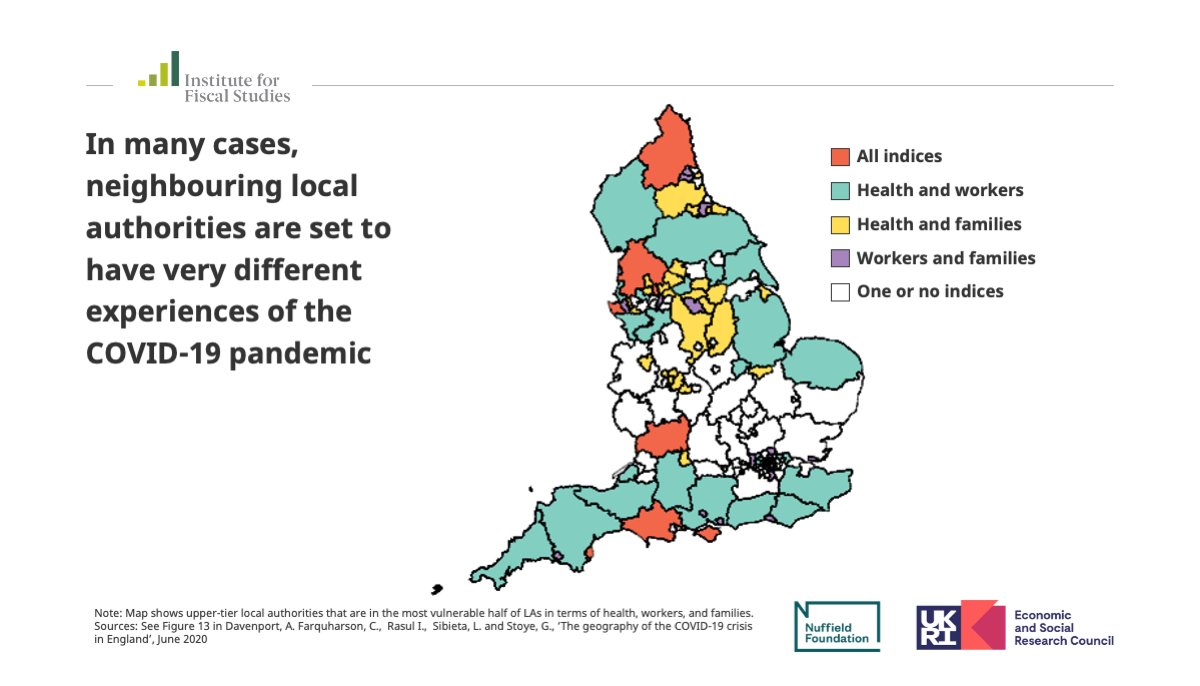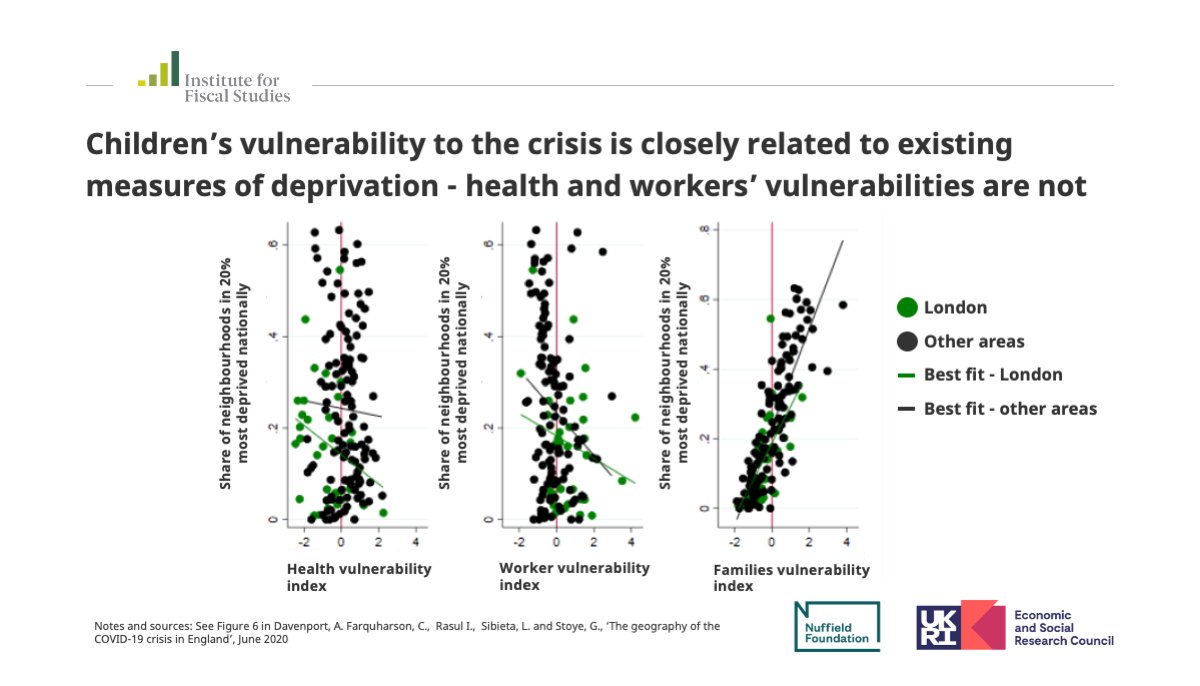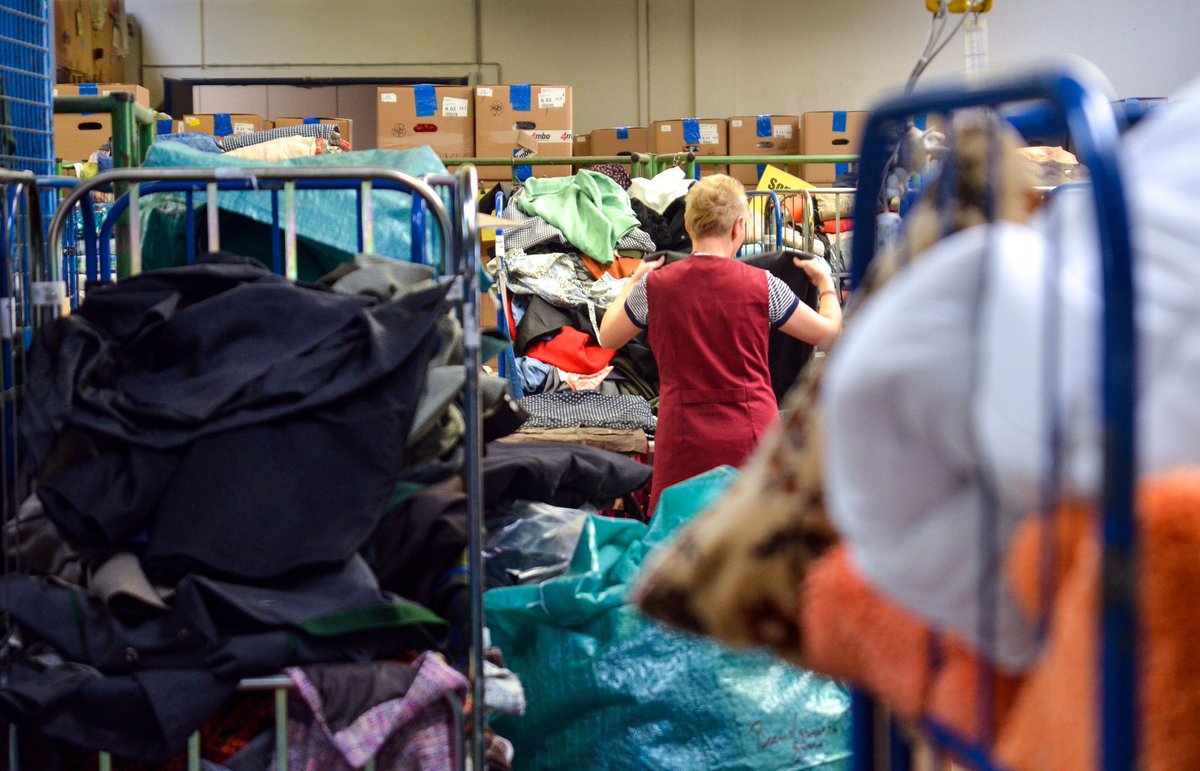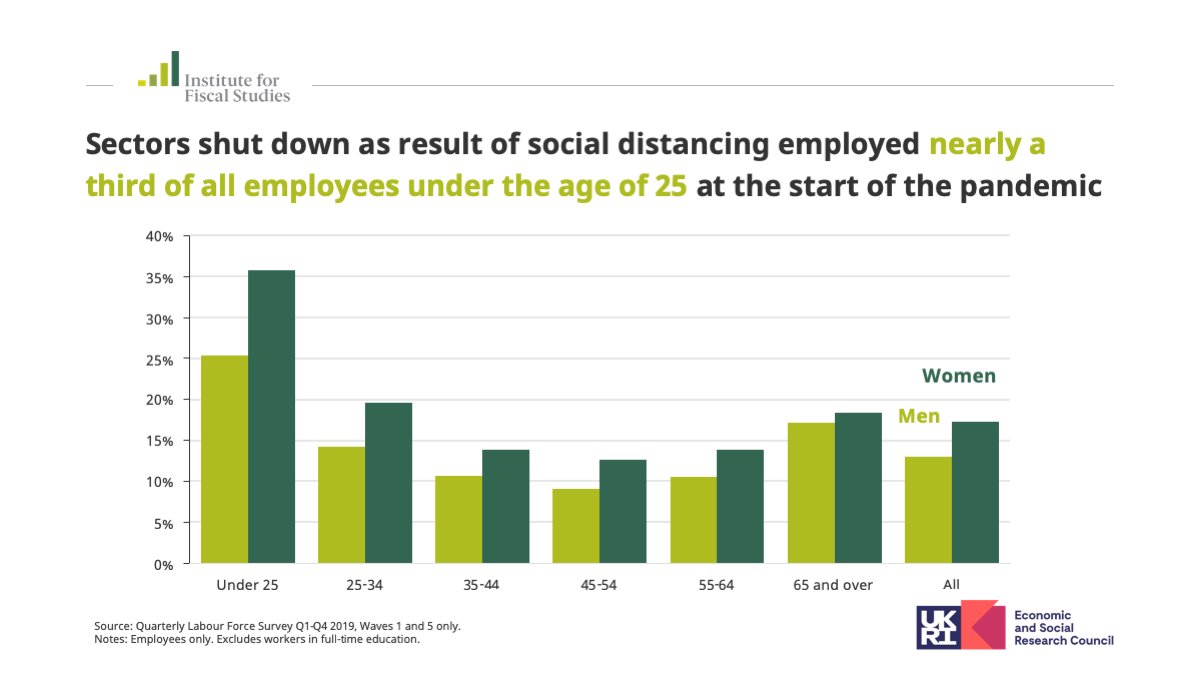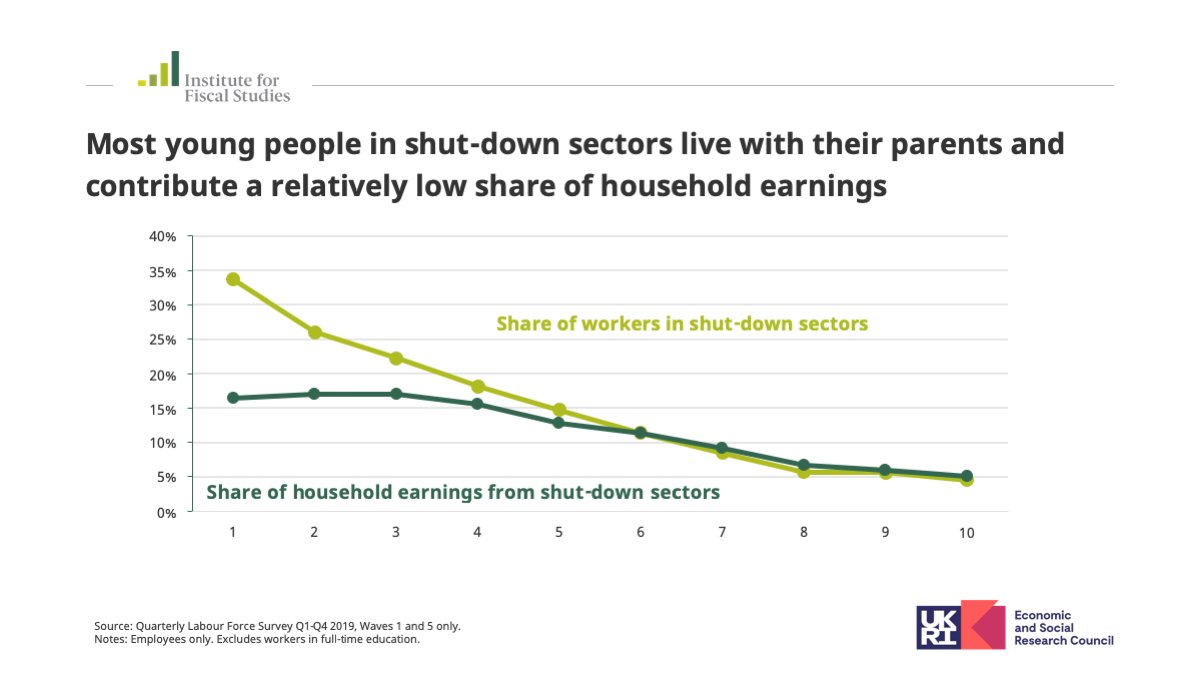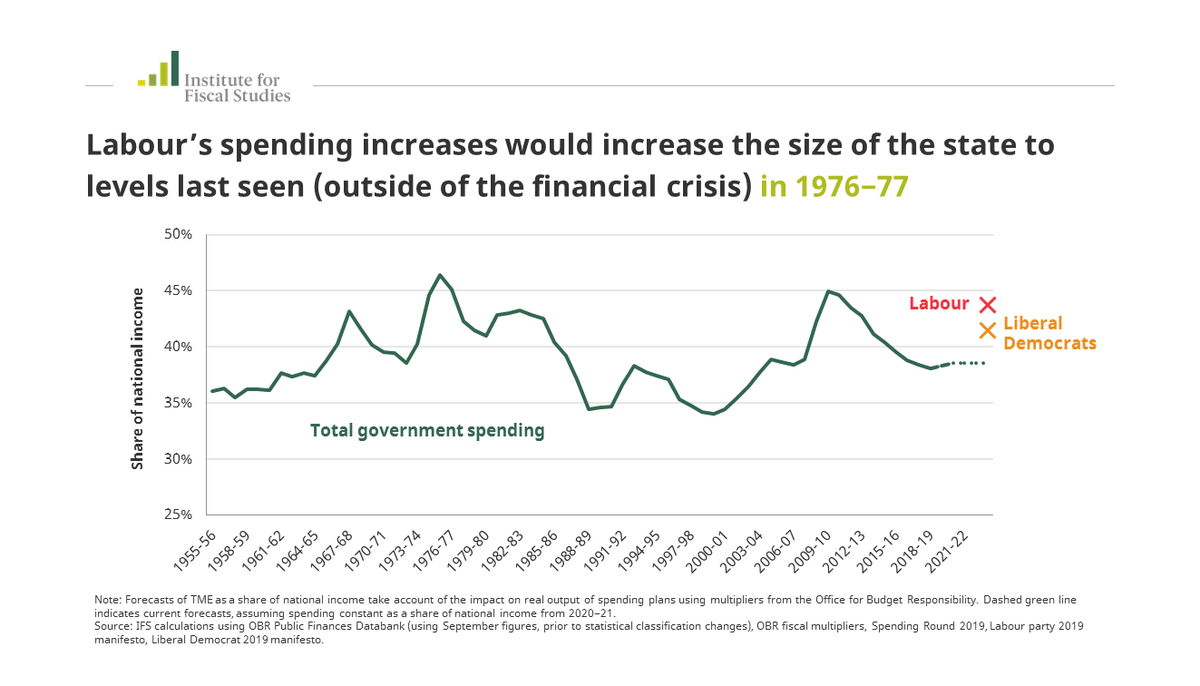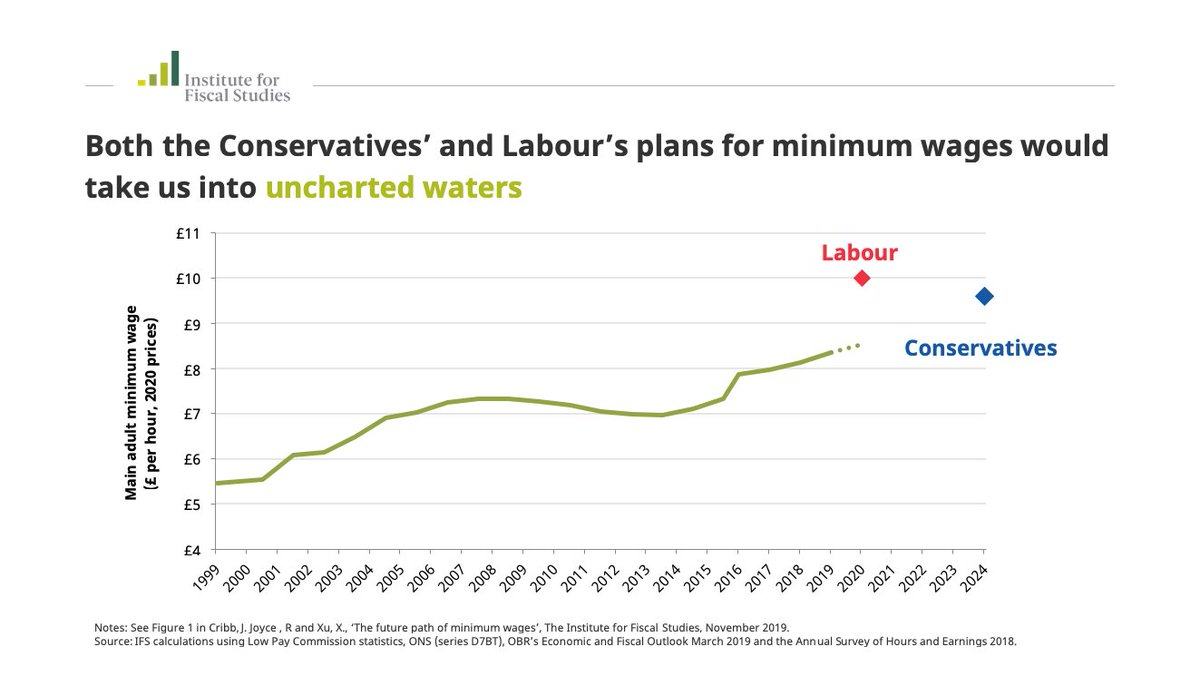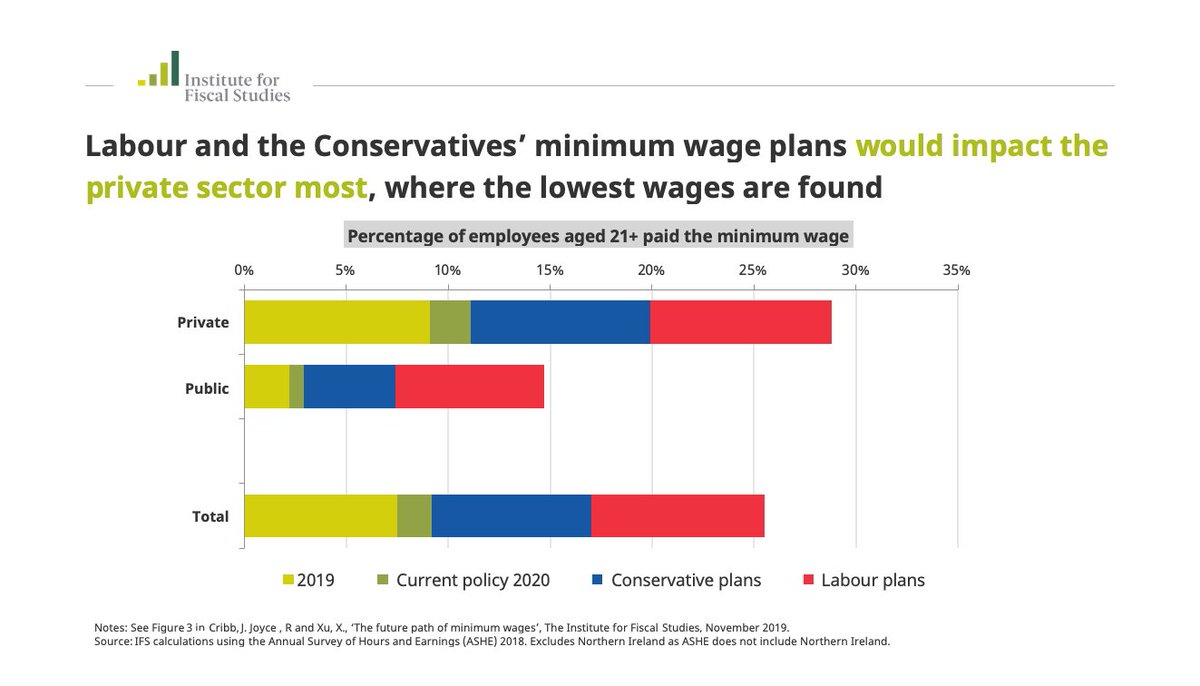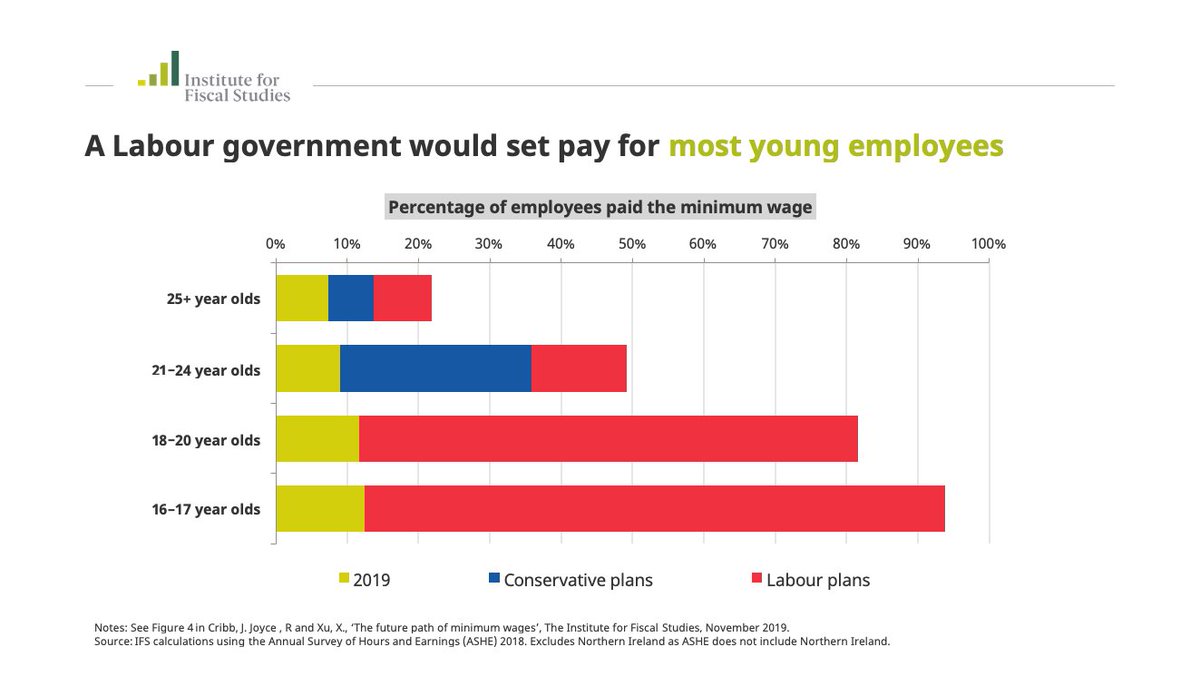
NEW: The past 40 years shows NHS spending plans are almost always topped up.
If history repeats itself, the ‘temporary’ increases in NHS funding could end up permanently swallowing up the money raised by the tax rise, leaving little for social care.
ifs.org.uk/publications/1…
If history repeats itself, the ‘temporary’ increases in NHS funding could end up permanently swallowing up the money raised by the tax rise, leaving little for social care.
ifs.org.uk/publications/1…

The extra funding provided for the NHS in yesterday's announcement will result in spending growing at 3.9% a year between 2018−19 and 2024−25.
This is exactly the same rate of growth as was planned between 2018−19 and 2023−24.
This is exactly the same rate of growth as was planned between 2018−19 and 2023−24.
This suggests little in the way of virus-related spending after 2024.
A future top up could be required – but even without one, health spending is set to account for an ever-growing share of total day-to-day public service spending: 44% by 2024−25, up from 27% in 1999−00.
A future top up could be required – but even without one, health spending is set to account for an ever-growing share of total day-to-day public service spending: 44% by 2024−25, up from 27% in 1999−00.
Read the full briefing by @BenZaranko, part of our #IFSGreenBudget funded by @NuffieldFound, here > ifs.org.uk/publications/1…
• • •
Missing some Tweet in this thread? You can try to
force a refresh






